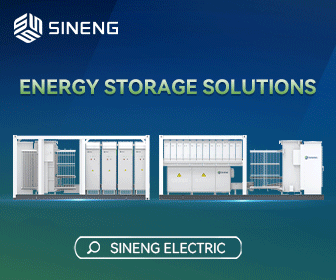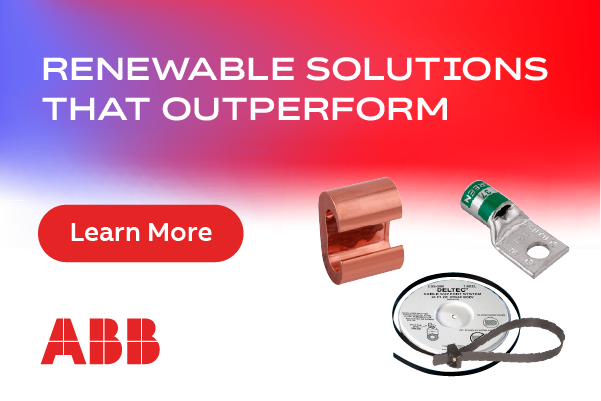The Quest to Recycle EV Batteries Begins
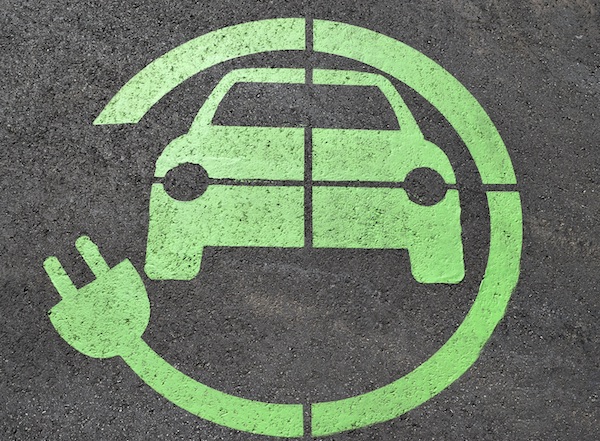 Electric vehicles use various high-end batteries, from lithium-ion, Nickel-Metal hydride, Lead-Acid, and ultra-capacitors. Of these, lithium-ion batteries are considered the most suitable for electric vehicles.
Electric vehicles use various high-end batteries, from lithium-ion, Nickel-Metal hydride, Lead-Acid, and ultra-capacitors. Of these, lithium-ion batteries are considered the most suitable for electric vehicles.
A lithium-ion (Li-on) battery is a type of rechargeable battery consisting of cells in which lithium ions travel from the negative electrode to the positive electrode through an electrolyte during discharge and back during charging.
Li-ion cells employ an intercalated lithium compound as the positive electrode material. (Graphite is considered harmful electrode material). Li-ion batteries are distinguished by their high energy density, lack of memory effect, and low self-discharge; manufacturers prioritize energy density or power density. Li-ion batteries provide a safety risk because they contain volatile electrolytes and, if broken or improperly charged, can result in explosions and fires.
Since electric vehicles (EVs) were developed to create a sustainable and eco-friendly mode of transportation, it makes sense for their batteries to be eco-friendly and recyclable. At the moment, that’s not the case.
Given the growing number of electric vehicles sold these days, recycling these batteries is the need of the hour.
According to the assessment, The Global Electric Vehicles Market is expected to be over USD 900 billion by 2030, with a staggering CAGR of 24.51 percent (2022-2030). Industry participants strongly believe that, by 2030, one of every two cars sold will be electrified. As the number of people using electric vehicles increases, so will the need for batteries.
As we discussed earlier, electric vehicles are mostly equipped with lithium-ion batteries, which consist of some environmentally hazardous substances like graphite, possibly creating pollution. Even the production of such lithium-ion batteries is prone to have adverse effects on the environment with lithium mining.
Adverse Effects
- Depletes Fertile Land
Unfortunately, large-scale lithium production necessitates a vast amount of land. Therefore, most miners must remove fertile land from their local ecosystems. Areas where lithium is found might have hot, arid, and hilly regions where ample amounts of natural resources can be found, along with natural habitats for animals and birds.
Few patches of fertile soil are rendered barren by excessive lithium extraction. The mining of lithium destroys the habitats and minerals required for plant growth. Consequently, lithium extraction is responsible for the advent of desertification in several global regions.
- Creates Water Pollution
In 2021, most lithium producers collected the mineral from hard rocks in North Carolina, Australia, and other locations. Others extracted it from salty brine from the earth in Chile, and other arid locations.
Most studies link the salinization of freshwater (that residents require for survival) with lithium extraction from salt brines in South America.The mining operation also pollutes the local water basins because the ore contains hazardous components. Consequently, lithium extraction exposes local ecosystems to toxicity and other health issues. Large quantities of water pollution may destabilize the local ecosystems and negatively affect the environment.
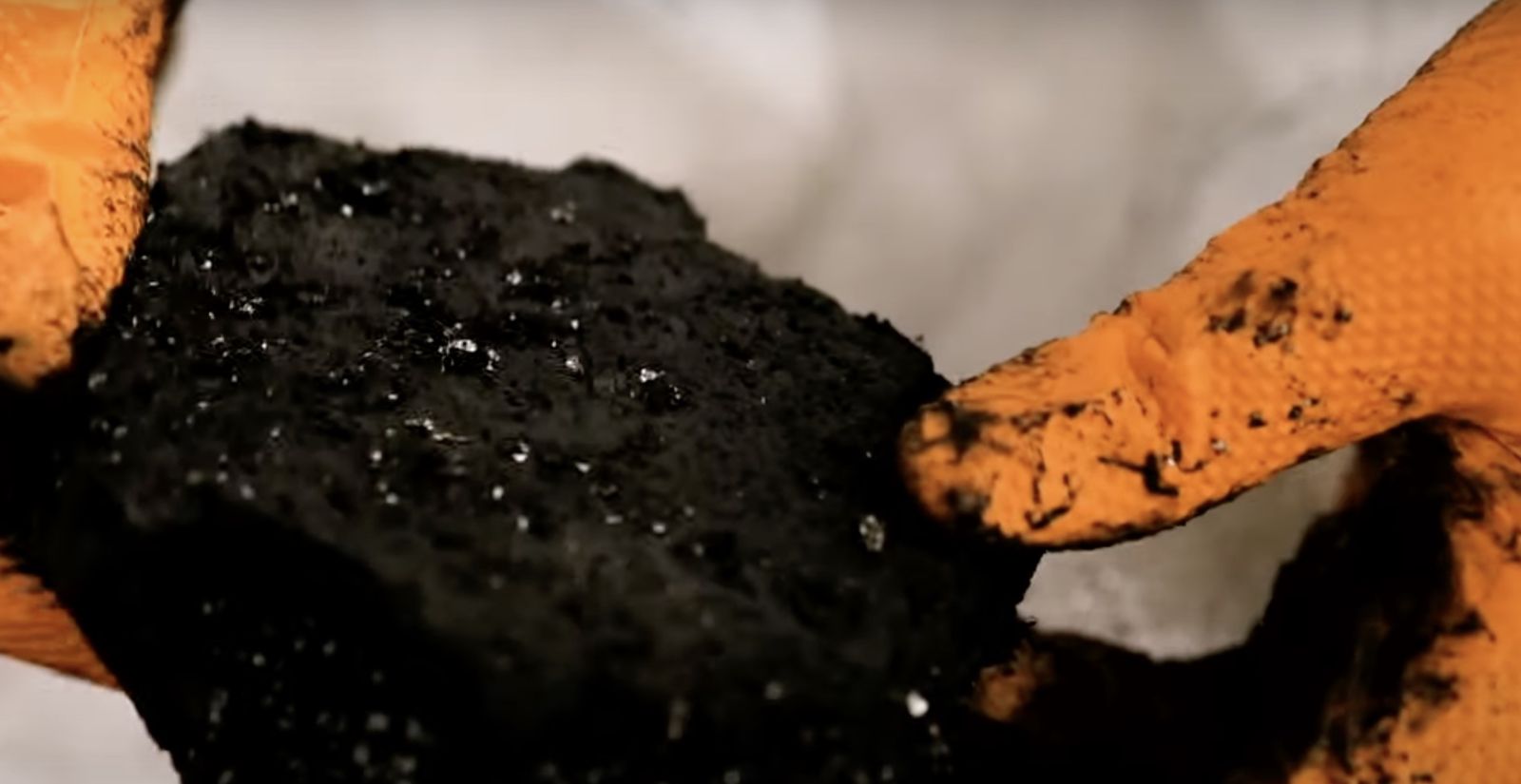
- Massive Mining Wastes
The extraction of lithium necessitates the separation of the precious minerals from the uneconomic core residue, known as “gangue”. Following this process, some materials, known as “tailings”, remain as residue. Sulfuric acid discharge and radioactive uranium by-products are two of the most common types of mining waste., and can cause numerous cancers and illnesses.
In addition to generating significant quantities of lime and magnesium waste, mining poses additional serious concerns. Given the quantity and toxicity of the wastes, local communities may not dispose of them as required, which can bring environmental and human challenges over the long term.
- Hampers Water Cycle
The extraction of lithium pollutes surface waters. It also ruins other sources of water. Consequently, it contributes to the formation of toxic rain.
Since lithium is extracted from hot, arid, and mountainous regions, the water cycle relies heavily on minimal tree cover. For this process to continue, plants extract subsurface water and release it into the atmosphere. Therefore, lithium mining prevents the water cycle from delivering sufficient precipitation to affected regions.
If we want to minimize the pollution from lithium extraction, our only option is recycling.
Recycling would prevent harmful materials from entering the waste stream, both during battery production and at the end of its useful life. Material recovery would also reintroduce essential resources into the supply chain to help increase domestic sources. While the Li-on battery recycling process is underway, each method requires distinct separation techniques for material recovery.
Smelting
Smelting recovers fundamental elements or salts; procedures for lithium-ion and nickel-metal hydride batteries are already operational on a wide scale. At high temperatures, organic materials, including the electrolyte and carbon anodes, are burned as a fuel or a reductant during the melting process. The precious metals are extracted and refined to make the product acceptable for any application. Other elements, including lithium, are present in the slag, which is utilized as a concrete component.
Direct Recovery
On the opposite end, certain recycling technologies recover battery-grade materials directly. Various physical and chemical techniques are used to separate components, and all active compounds and metals can be recovered. Direct recovery is a low-temperature and energy-efficient approach.
Intermediate Process
The third sort of process is intermediate, existing between the two extremes. Unlike direct recovery, these methods may accept several types of batteries, but recover materials further along the production chain than smelting.
Recovery of high-value materials is often impeded by the need to separate the various battery materials. Designing EVs with disassembly and recycling in mind, and standardizing batteries, materials, and cell design, would facilitate and reduce the cost of recycling and reclaiming precious metals.
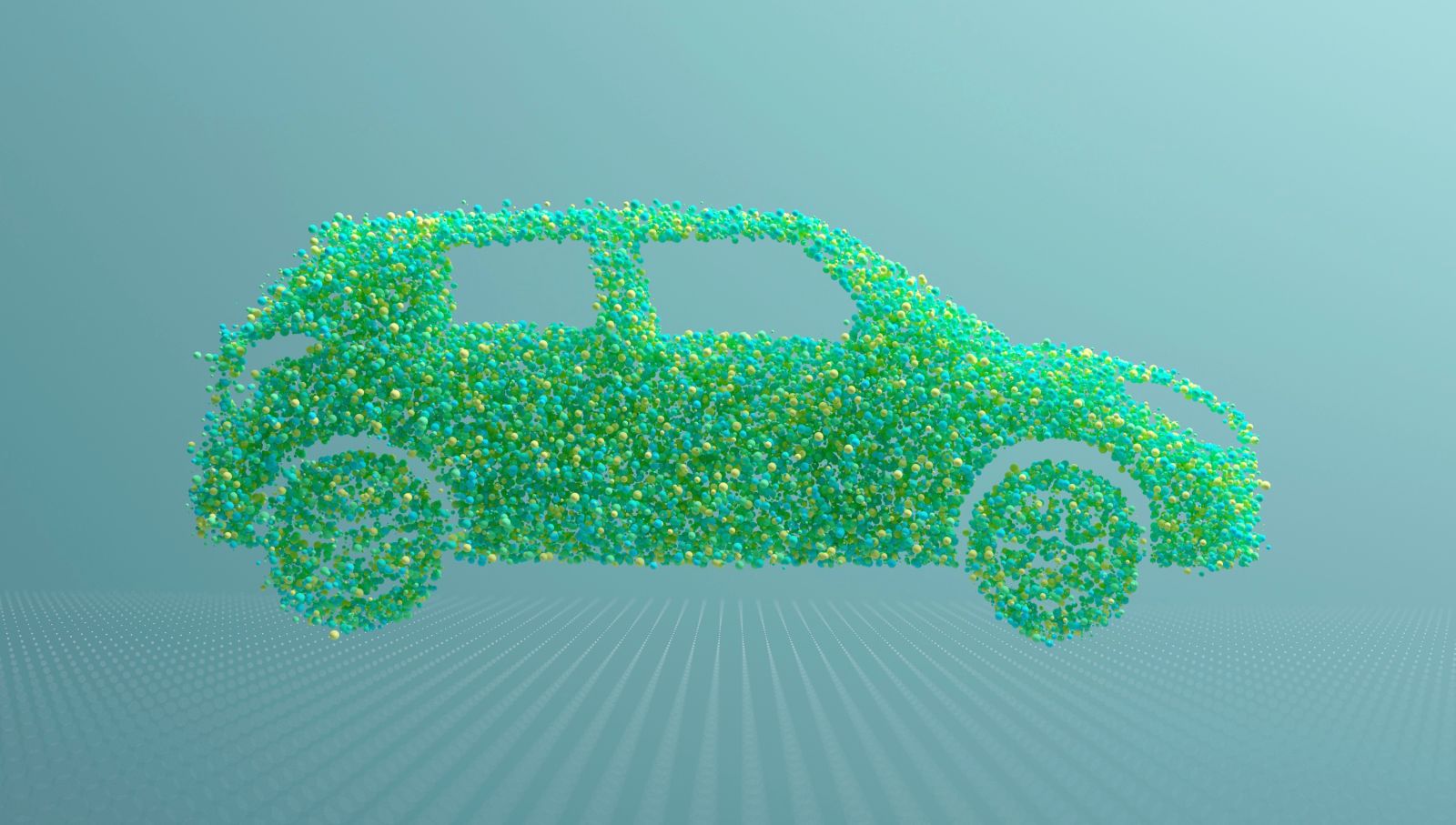
The global lithium-ion battery recycling market is said to have an exceptional CAGR of 21.43 percent from 2022 to 2030, earning revenue of USD 24.31 billion. The North-American region dominates the global market for lithium-ion battery recycling, with a significant market share among all the other regions like Asia-Pacific, Europe, the Middle East, and Africa.
While the recycling of EV batteries has been possible (to a more significant extent than earlier), research and developments are ongoing to find more lucrative and effective options to recycle EV batteries. The quest has only just begun; it has a long way to go to meet the need of the increasing numbers of EVs on the roads.
Shubhendra Anand is Head-Chemical, Materials & Energy Practice at Market Research Future. Shubhendra has a decade of experience in Chemical, Materials, Oil, Gas, and Energy research market intelligence. He has been an advisor on market opportunity assessment, competitive intelligence, demand-supply analysis, and procurement intelligence, among others. Shubhendra leads the CME (Chemicals Materials Energy) Practice, and is critical in managing the entire research process and identifying, assessing, and tracking markets across the value chain. With an educational background in Oil Gas and Economics, he takes a keen interest in Oil Gas, Electric Vehicles, Plastics Economy, and advanced materials.
Market Research Future | www.marketresearchfuture.com
Author: Shubhendra Anand
Volume: 2022 November/December








